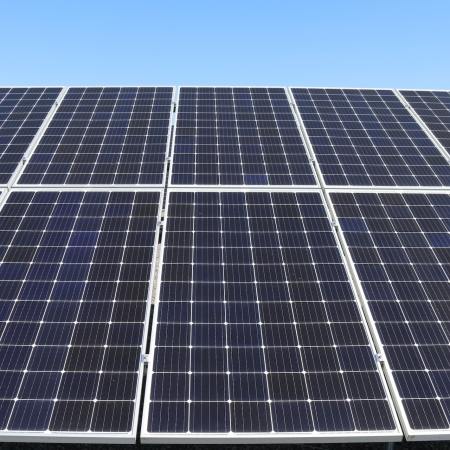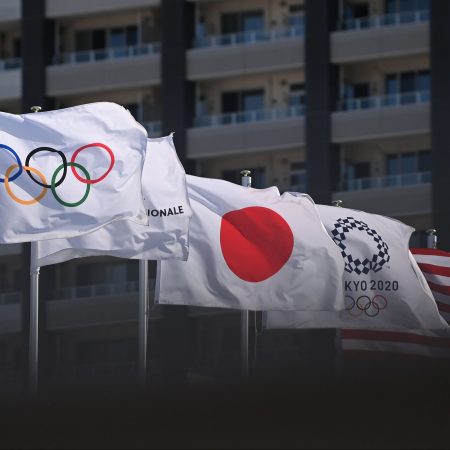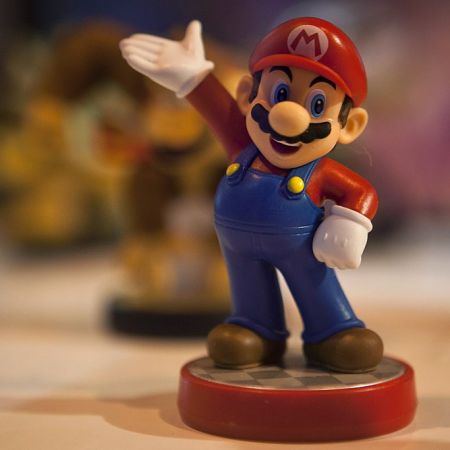
Every city is home to thousands of stories. If you look through photographer Greg Girard’s new book JAL 76-88, you’ll find dozens of evocative images taken across Japan in the 1970s and 1980s. Some feature neon-drenched urban landscapes, the kind of haunted cityscape that seems tailor-made for the opening shot of a film noir.
But that’s not all that Girard’s lens documents. He also has an eye for small shops, revealing moments and glimpses of scenes on television screens and through open windows. Absent a working time machine, you’re probably not going to be able to visit Tokyo or Nagasaki in the latter half of the 20th century. Through Girard’s photography, however, the past becomes accessible — a multilayered and textured experience.
This isn’t Girard’s first collection of photography from Japan during this period. His previous book Tokyo-Yokosuka 1976-1983 covered some of the same ground, though he expands on it considerably here. He spoke with InsideHook about the development of JAL 76-88, how he took some of the most memorable photos in the book and what might be next for his substantial archive.

InsideHook: Your earlier book Tokyo-Yokosuka 1976-1983 also covered some of the same spaces and years. What led you to revisit your archives for this new book, and how would you describe the relationship between the two books?
Greg Girard: The new book JAL 76-88 revisits some of the material in Tokyo-Yokosuka but expands it beyond those two cities. It also introduces the notion of travel to Japan via Japan Airlines and the ads one would come across in that period. The photographs in the book however reveal a place that was completely different and somewhat at odds with the way the country was marketed to the outside world as a travel destination. Lastly, the new book was an opportunity to display the pictures in a larger format.
IH: Overall, what was the sensation like of revisiting your older work?
GG: I had never completely forgotten about it but finding the right way to present it is always a challenge. I posted some of the pictures to Instagram and one of the comments that kept coming up was how much it reminded people of “Bladerunner.” Though the pictures for the most part were made long before the movie came out and the term became a reference for a dystopian yet visually alluring neon-noir urban near future.


IH: Have you returned to any of the locations you documented in JAL 76-88? Are many of them still around?
GG: I visit Japan quite a lot and until Covid had been working on a new project there. There was a certain post-war scruffiness that was still there at street level in many parts of Japanese cities well into the 80s, and that apart from a few places has mostly gone. Having said that, the smallness of buildings and narrowness of streets and alleys can still give the sensation of an earlier time.
IH: A number of the book’s most striking images are those of the city at night. Do you have a particular favorite time of night for photography?
GG: I’ve always been partial to photographing at night, right from my earliest efforts in the 70s. The colour shifts of daylight slide film under artificial light are something I explored a lot and to some extent still do now as well. The transition from dusk into night, the so-called “blue hour” (it actually lasts only a few minutes) is appealing because the colour of the sky is actually changing before your eyes. And when working with film you never know exactly what the results will be. Over time you get to have a good idea, of course, but until you see the film you never know what exactly you’ve done, or what it has done.
IH: One of the most compelling things about your photos is the array of textures on display. Do you find it difficult to capture that tactile quality?
GG: That’s interesting, I never set out consciously to photograph textures. But I think what we might be seeing is the layers and chaos of things that juxtapose at street level, and this can get somewhat ordered by framing, which is really just another way of saying “noticing” it. During the day a city looks and functions a certain way. At night it can be utterly transformed.


IH: Do you have a particular favorite of the images featured in JAL 76-88?
GG: The book’s cover, the digital clock reading 5:09am, at a rainy Shinjuku intersection, always takes me back to that time of night in Tokyo after the trains have stopped and people are waiting for the first trains to begin. Wandering out of clubs and all night cafes, heading for the station on their way home.
IH: Some of the most memorable images within the book include images of television screens. Was that at all difficult to get on film?
GG: Glad to hear you connect with the television screen images. In a way I always felt they were as interesting as what might be found walking around and photographing in the streets. At least for me they equally conveyed a sensation of being “in Japan.” Technically you simply had to keep the shutter speed below 1/30th of a second.
IH: Do you have further plans to revisit this period of your art?
GG: I do. There’s a lot of unpublished material from the US west coast in the 1970s and early 80s. As well as unseen material from SE Asia from that period.

Thanks for reading InsideHook.
Sign up for our daily newsletter to get more stories just like this.



